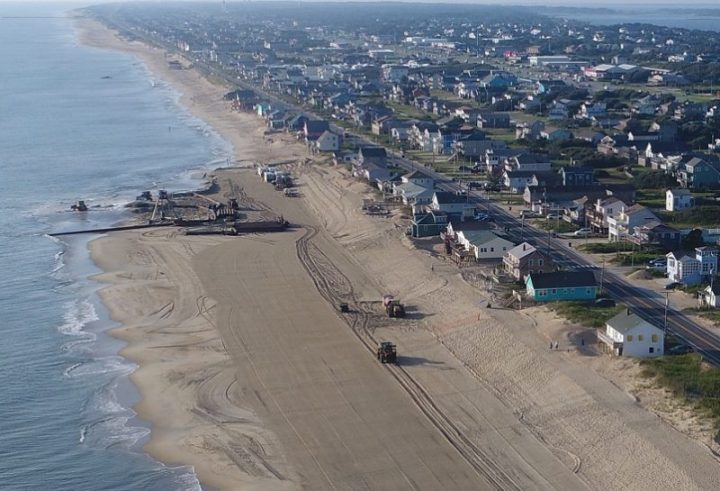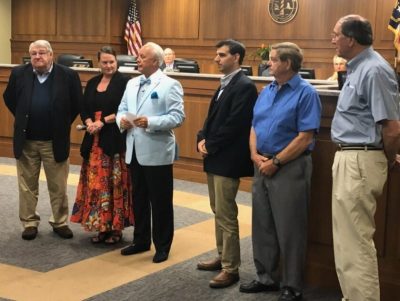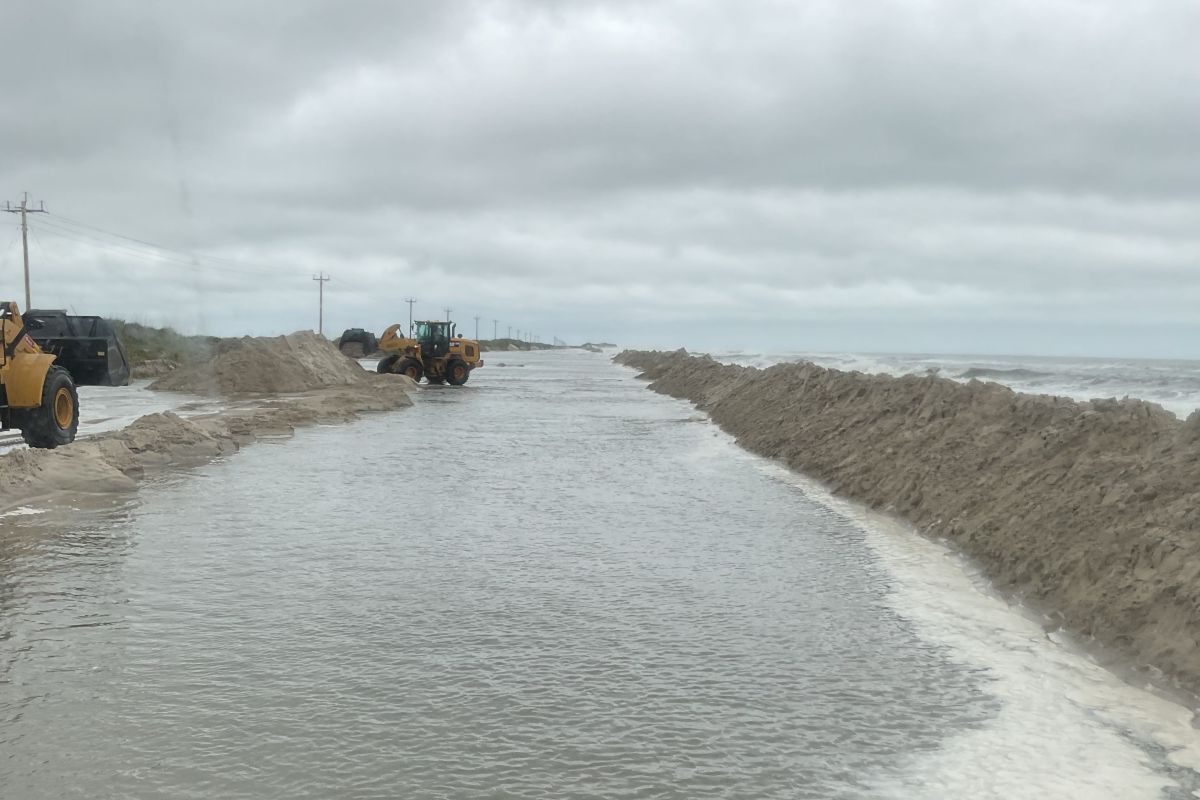
Reprinted from the Outer Banks Voice
Following last summer’s beach nourishment projects from Duck to Kill Devil Hills, Dare County has been recognized by a national association for having one of the country’s best restored beaches.
Supporter Spotlight
The American Shore and Beach Preservation Association on Monday released its annual list of the nation’s best restored beaches and included the Dare beaches with Galveston Seawall Beach in Texas, Cardiff Beach off Encinitas, California, Sagaponack-Bridgehampton on Long Island, New York, and Thompsons Beach, New Jersey.
The group praised the $38.5 million project that pumped sand on a total of just over 7 miles of beachfront as why “nourishment is the number one method of enhancing beaches, providing protection to adjacent infrastructure and increasing coastal resiliency.”
As the project was winding down along Kitty Hawk last fall, hurricanes Irma, Jose and Maria passed just offshore, followed by nor’easters in January and March.
The most significant storm surge came during five consecutive high tides over three days in early March, including wave run-up in Kill Devil Hills of 15 feet.
Town officials agreed that the added sand, for the most part, did its job in protecting oceanfront properties.
Supporter Spotlight
“But that’s what the project was built for,” said Lee Weishar, chair of the association’s Best Restored Beach Committee. “The take-home message for these projects is a multi-town beach nourishment project can be successful even when the odds seem to be against you.”

“For more than 50 years, beach restoration has been the preferred method of shore protection in coastal communities,” said Tony Pratt, the association president.
“We honor the efforts that go into managing and, when necessary, rebuilding the beaches that are in the hearts of so many vacationers,” Pratt said.
“The town is appreciative of the effort the county manager made to allow our project to come to fruition at such a late point in the planning and permitting process,” said Southern Shores Mayor Tom Bennett.
“We are also grateful to the (county) board of commissioners and the other towns for allowing us in to the project at the 11th hour,” Bennett added.
“Dare County is committed to preserving our beaches,” said county board chairman Bob Woodard. “They are the engine that drives our tourism economy and they require ongoing attention.”
“That is why Dare County and its municipalities have stepped up to the plate and committed local resources to fund beach nourishment projects due to the lack of federal funding,” Woodard said.
“I think you’d be hard pressed to find this type of collaboration in a lot of communities, starting with the county and the way the municipalities worked so well together,” said Kill Devil Hills Mayor Shelia Davies.
“We’re incredibly fortunate to be headed into the summer of 2018 with a nourished beach and into storm season with a hazard mitigation plan,” Davies said.
“It’s already done a wonderful job as far as keeping us from having to pump (away overwash), normally we got to the point we had to pump after every nor’easter and we haven’t had to pump one time since,” said Kitty Hawk Mayor Gary Perry.
“We were a little worried as a council and what Kitty Hawk villagers would think of it,” Perry said. “In the end they saw the need, they saw the damage that would be done on a routine basis and they let us tax them (to help pay for it).”
“The project works,” Perry added. This collaboration is the only way it could be done.”
The American Shore and Beach Preservation Association advocates for beach nourishment and dune building. It is made up of town and county officials, dredging companies and coastal engineers and geologists.
To enter the Best Restored Beach competition, coastal communities nominated their projects for consideration, and an independent panel of coastal managers and scientists selected the winners.
Judging was based on three criteria:
- The economic and ecological benefits the beach brings to its community.
- The short- and long-term success of the restoration project.
- The challenges each community overcame during the course of the project.
“I look for commitment and dedication to the project,” Weishar said. “I want the applicant to make me love his or her beach.”
“Dare County’s collaborative effort is a model to be considered nationwide by communities trying to increase coastal resilience,” said Ken Willson, program manager with Texas-based APTIM, the firm that engineered the project.
“This approach enabled considerable cost and time savings,” Willson said. “For example, we’ve estimated that by constructing the projects cooperatively, the locals achieved a cost savings of around $5.5 million on mobilization alone.”
““I think we all agree that in order to remain as sustainable and resilient coastal communities, we must continue to prioritize protection of our beaches as a vital component of our tourism infrastructure,” Woodard said.
Russ Lay and Rob Morris contributed to this story.
This story is provided courtesy of the Outer Banks Voice, a digital newspaper covering the Outer Banks. Coastal Review Online is partnering with the Voice to provide readers with more environmental and lifestyle stories of interest about our coast.







